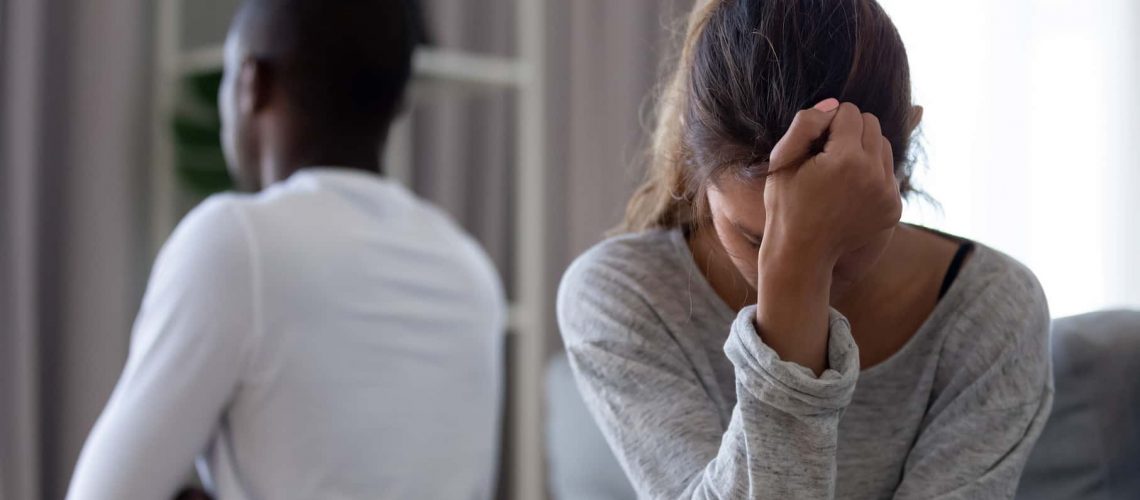The attachment we establish in the early years of our childhood can have a massive impact on our adult relationships. Some people, on the one hand, get overwhelmed with the wants and needs of others, which might prompt them to run away. Others may crave connection, but harbor a fear of abandonment and causes them to cling on.
These two descriptions refer to people with avoidant and anxious attachment styles, respectively. Unfortunately, avoidant and anxious individuals often find themselves attracted to each other, which may lead to a whole range of unhealthy patterns in their relationships.
Sounds familiar? Don’t worry. While you may experience powerful feelings that are hard to manage or tolerate, there are ways to build healthier boundaries and patterns in your relationships. For one, you may attend a love avoidance intensive workshop, or work on uncovering and healing your core wound yourself.
We understand how confusing, painful, and damaging the co-addictive tango between an anxious and avoidant partner can be. Luckily, with self awareness and adequate support, you can heal your attachment wound. Read on.
What Is An Anxious Avoidant Relationship?

Whereas a person with a secure attachment would be able to comfortably depend on others, it isn’t so easy for anxious and avoidant people. Because of this, a relationship between an avoidant and anxious person can be riddled with difficulties.
If you’re unsure if you have an insecure attachment, ask yourself this:
Do you have an unmet longing for connection?
Are you able to be alone, without falling into despair when your partner isn’t around?
Do you feel a loss of self when someone else gets too close?
Like your partner expects too much from you and takes too much of your time?
Insecure attachment can take numerous forms. It generally tends to involve negative relationship expectations, loss of control, and intense reactions to rejection and conflict.
Why Do Anxious And Avoidant Partners Find It Hard To Leave One Another?
Imagine this scenario: a man meets a woman who seems mysterious and independent. She seems hard to get, doesn’t open up easily, and shows affection at all the right moments. The man, who had negative experiences with women in the past, is drawn to her, almost compulsively. It seems to him that she has everything he’s looking for, but he needs to work hard to gain her affection and approval.
Such a relationship may work well for a while. It may be passionate, exciting, almost dangerous. As the man continues to pursue the woman months or even years after the relationship started, he may grow increasingly anxious. He might become needy, invasive, or desperate. On the other hand, the woman may withdraw even further, trying to find ways to escape the clutches of the relationship. She may lash out or avoid conflict altogether. She may seek escape in other people or activities and develop secretive behaviors.
While it is fairly easy to see how damaging this relationship pattern can be from the outside, it is much harder to identify and break off an unhealthy relationship when you are in it. There is a reason why anxious and avoidant people are attracted to each other.
The behaviors of the avoidant partner, however damaging, reflect the learned patterns an anxious individual was exposed to in their family environment and past experiences, and vice versa. It is a vicious cycle, one that relies on the core wounds of each partner to keep on going.
Can Avoidants Have Successful Relationships?
If you have avoidant tendencies or have a partner who does, it is likely the case that you struggle to find ways to make the relationship work. If you feel engulfed and overwhelmed by your partner’s needs, you may find it hard to trust and respect your partner. You may find that your fantasies involve secrecy, a new life away from your present reality.
True intimacy may seem threatening to you. Another possibility is that you struggle with speaking your mind and harbor resentment deep inside, blaming your partner for the shortcomings of your relationship.
Your current reality doesn’t have to be painful. While it may be best to end a relationship you’re presently in, you might also be able to make it work, with patience and support. By making peace with your inner child and working on abandoning unhealthy patterns, you’ll learn to find satisfaction, calmness, and security in your relationship.
Can A Relationship Between An Anxious And Avoidant Work?
As already mentioned, it is possible to rebuild your relationship if there’s enough motivation and will. Unfortunately, some learned survival patterns may be so deeply ingrained that the process of ‘unlearning’ them might take years.
Still, by choosing to ignore your problems and pain, you will only allow the cycle to continue and hurt yourself more in the process. Here are some guidelines you can follow to improve your relationship with an anxious or avoidant partner:
- Take your time and work on one problem at a time.
- Understand how your experiences shaped your attachment style.
- Work on being vulnerable and learn healthy conflict.
- Learn to create healthy boundaries.
- Be willing to both listen to your partner and share your thoughts.
- Seek support from professional relationship coaches.
Find Security in PIVOT Love Avoidance Coaching

Whether you have experienced betrayal in your relationship or feel like you open up to your partner out of fear of being hurt again, know that you’re not alone. At PIVOT, we have developed a variety of coaching modules designed to help you and numerous others find the motivation and support to create healthier relationship patterns.
We have a range of workshops and retreats for couples and individuals, all based on compassion and experience. With our carefully designed curriculum, known as the PIVOT process, you can learn to evaluate your thoughts and feelings and take appropriate action to improve your relationships. Contact us today and start working on facilitating positive change by going through the PIVOT process.

